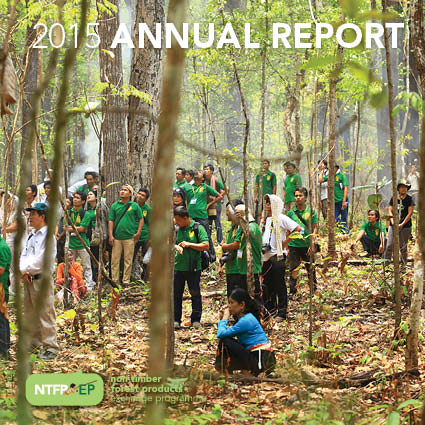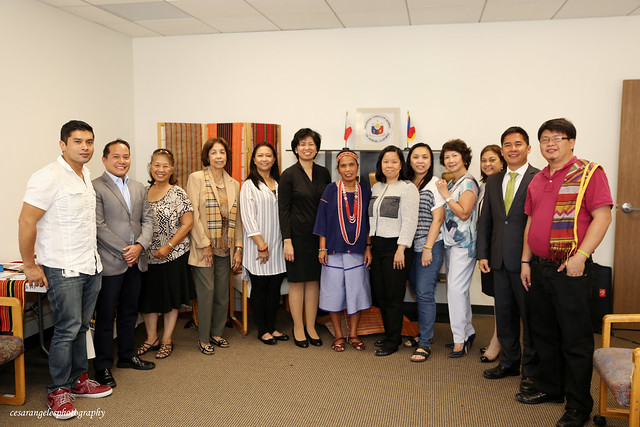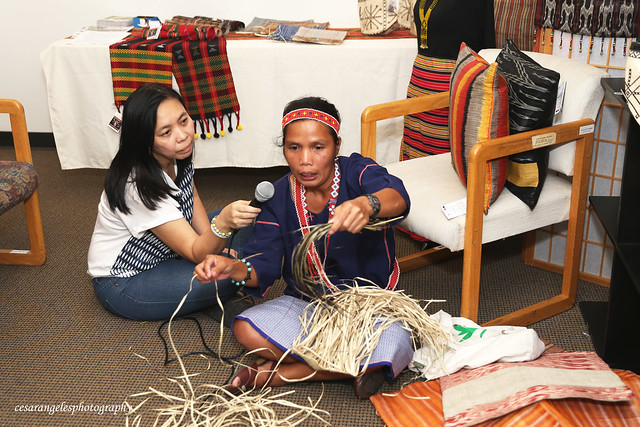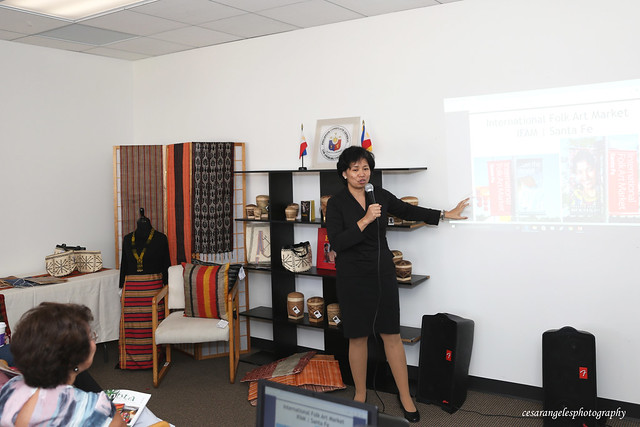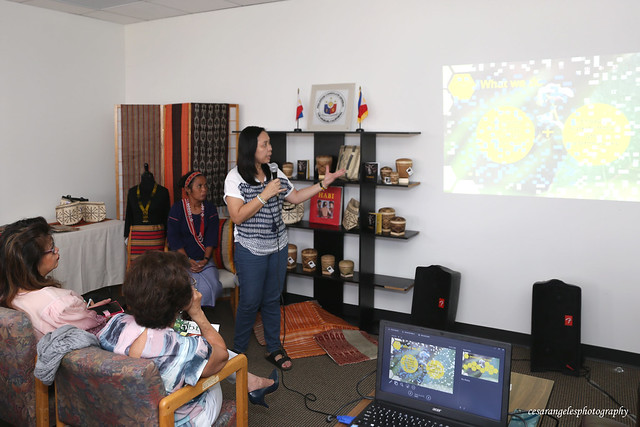It’s surprising to think that the very first synthetic dye was made purely by accident—by a teenager, no less—in 1856. That chance discovery marked the rise of cheap and mass-produced synthetic colors that are still very much dominating the market today. Ruth Canlas knows this. Still, she holds out hope that our rich textile traditions can make a commercial comeback. “It’s really difficult to commercialize natural dyes,” she admits. But one particular shade can be a game changer: “Indigo can open the door to popularize natural dyes and make them known to the public.”
Most naturally-made colors come in liquid form, making them difficult to store or transport, let alone sell. But indigo dye—made from the leaves of the indigo plant during its flowering phase—can easily be made into powder form without the costly spray-drying process needed to convert most other natural dyes. That, along with its familiar denim-blue color that’s easy on the eyes, gives indigo dye a fighting chance to compete against its man-made counterparts.
Knowing this, the Non-Timber Forest Products – Exchange Programme (NTFP-EP), and its marketing arm in the Philippines, Custom-Made Craft Center (CMCC), began work on The Indigo Project, an initiative that taps rural and indigenous communities across the country to revive our traditional and environmentally responsible textiles and dyes.
Through The Indigo Project, CMCC collaborates with 18 communities nationwide, including members of Mangyan Alangan, Mangyan Hanunoo, and Mangyan Iraya of Mindoro; Higaonon of Bukidnon, Palaw’anon and Tagbanua of Palawan. These groups work on various phases of the dye-making process: from growing and harvesting the indigo plant, to the processing of leaves.
“Stories are very important. The stories of indigenous people are part of every product they make,” says Canlas, who is the executive director of NTFP-EP and a managing trustee of CMCC. “What we want to do is celebrate all these different cultures. Culture is the soul of a nation.” It’s in indigenous people, she says, that the Filipino arts, like traditional weaving and dyeing, remain intact and passed down to future generations.
Every day is a balancing act between managing their client’s expectations and gauging the capacity of their partner communities. The Indigo Project pushes as much for conscientious production as it does for a sustainable livelihood for indigenous people. But to do both, Canlas knows there is bound to be an element of uncertainty: The indigo dye is made from a garden harvest grown on the backyards of a small but tight-knit indigenous community—not a plantation run by on-the-clock employees. All their wares are meticulously handmade by local artisans, “not a controlled environment like a factory or an assembly line,” says Canlas, which is why they sometimes have had to ask clients for longer lead times.
The Indigo Project retails both its dyed eco-textile products—popular among bigger-scale clients like Crate and Barrel and the Philippine Textile Research Institute—and the indigo powder itself. The latter comes with a hefty price tag at P7 a gram, but it has already found fans among local schools and designers like Anthony Cruz Legarda, a Filipino American fashion designer who developed indigo-dyed bags for CMCC’s Modi (Modern Indigenous) collection.
Some finished pieces are displayed and available for sale at the CMCC offices, while bulk orders have to be commissioned. But last November, they have finally expanded their reach by exploring the e-commerce space: Their new Shopify storefront features their indigo-dyed bags and accessories, among other products, for individual customers who want to place orders online. “People are beginning to open up to organic and natural products,” explains Canlas. “There is really a market out there. It’s just a matter of how you tap it.”




